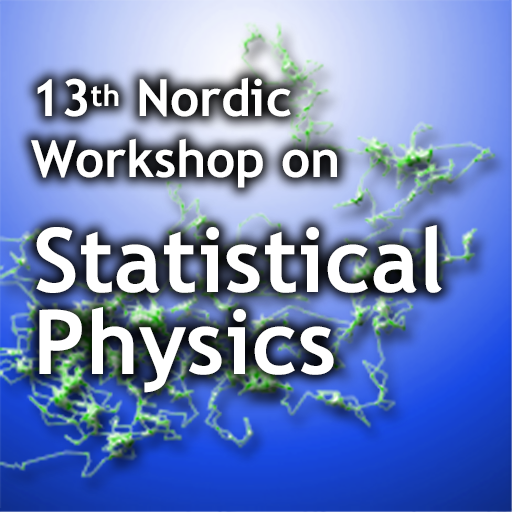Speaker
Description
It is well established that fluids under confinement have thermodynamic properties that differ from those in their bulk phase. We may therefore ask; Does normal thermodynamic equations apply at small scales? Much effort has been devoted to answer this question; and extensions of Gibbs surface theories are popular. A more systematic extension of classical thermodynamics to deal with small systems exists, however. It was first proposed by Hill 60 years ago. This theory can deal with shape and size-as variables, and systems down to a few particles!
In this lecture, I will argue that Hill’s theory deserves more attention; it opens up a wide range of applications. This is important because the shape and size dependence is everywhere in porous media. To be able to connect small system properties with properties of systems in their thermodynamic limit is essential, for instance in the description of solutions. Some first successes in this context can be reported, e.g. in the determination of Kirkwood-Buff integrals. These integrals are central in solution theory.
Precise simulations of thermodynamic factors, activity coefficients, are now being explored for use in porous media. Recently, we used Hill’s theory to define the porous-medium pressure, a concept lacking consensus in the literature. By introducing the so-called integral pressure from the grand potential, we may deal with two-phase transport in pores, without needing the laws of Young and Young- Laplace. Local equilibrium can then be defined for a representative volume element without exploding the number of variables. The entropy production can be constructed, and Darcy’s law can be given a thermodynamic basis.
Recent achievements in small system thermodynamics may open up new
routes to understand confinement and microfluidics.
Acknowledgements
The author is grateful to the Research Council of Norway Center of Excellence Funding Sche for project no 262644 PoreLab.

